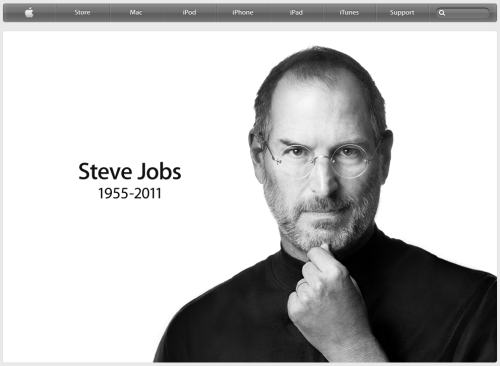A subset of the Foreward in a book I’m currently reading:
In that way, this book is not unlike a more ubiquitous tool and platform, the U.S. Interstate Highway System. Today, we take it for granted, mostly, but its numbering system at one point had to be designed. At a time when telephone poles lined dirt trails, Bureau of Public Roads employee Edwin W. James and committee were asked to come up with a more expandable system as roads were growing in the 1920s. They designed what we know today as the Interstate Numbering System. Prior to that, people relied on color codes for direction. Telephone poles were ringed with color bands lined highways, corresponding to individual dirt trails across the country. As trails expanded, telephone poles became painted from the ground up, sometimes fifteen feet high, so trying to distinguish among colors became dangerous.
E. W. James changed that. He decided that motorists would be able to figure out where they were at any time given the intersection of any two highways. North/south highways would be numbered with odd numbers; east/west with even numbers; and numbers would increase as you go east and north. The Interstate Numbering System was designed for expansion, anticipating the future contributions of people, cities, unexpectedness. It’s a tool. It’s a platform. And it’s still not done nearly 100 years later.
Love that perspective. The Foreward is by Liz Danzico. The book is The Shape of Design.

